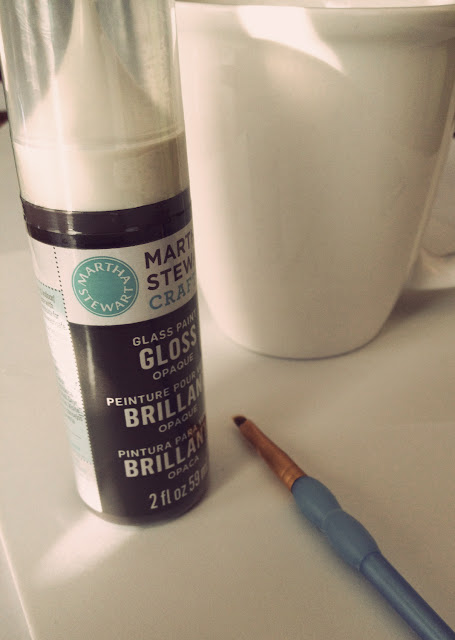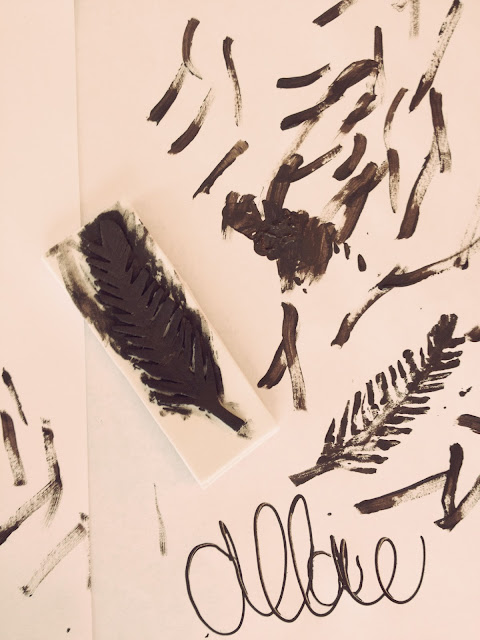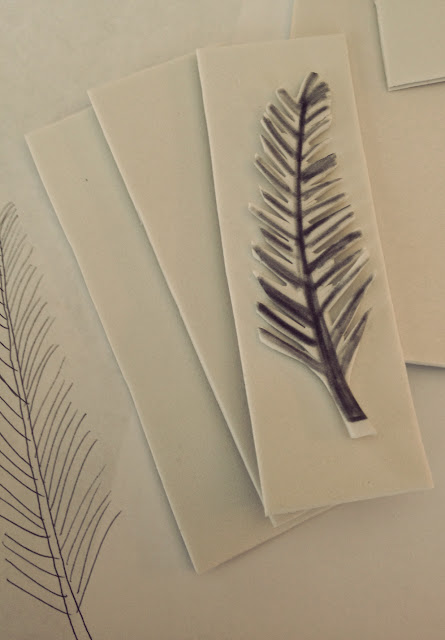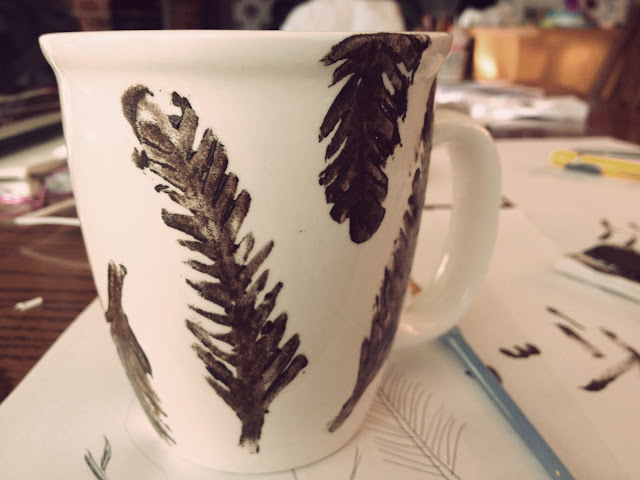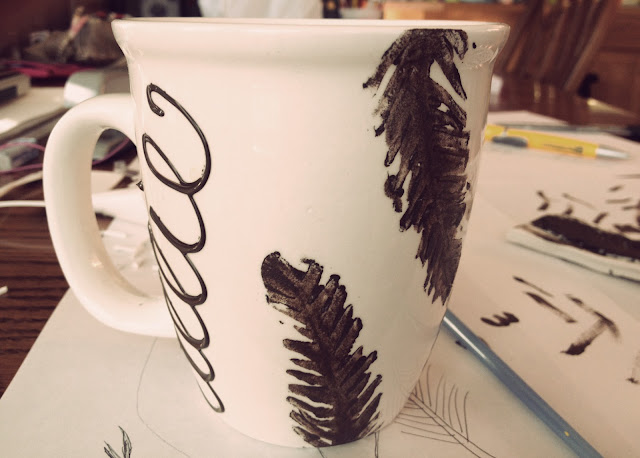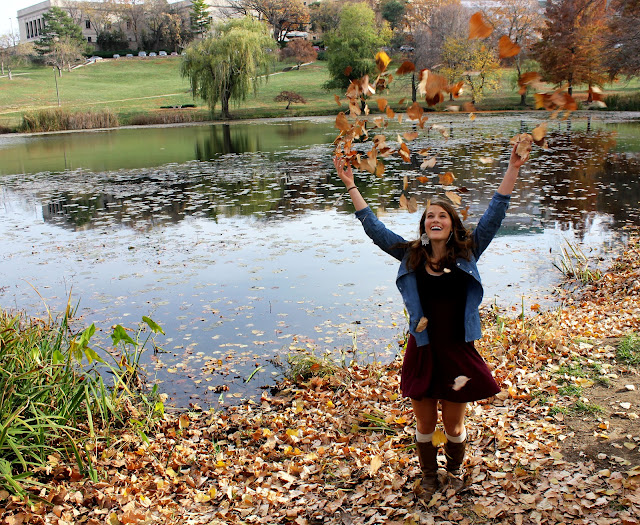I absolutely love typography and everything you can do it with it. The amount of emotion that you can display through typography is a beautiful thing. I have actually been studying typography in my Journalism Visual Communications class as well as in BDS 101. I wanted to share a little bit of what I've been learning with you through a response to some in class readings as well as an update on my BDS project.
Typography: The art or process of setting and arranging types and printing from them. (Definition found via google).
Reading Response #1
The first reading was a PDF titled "Parts of a Letter". This reading discussed and taught all of the vocabulary that goes along with the parts of each letter as well as the importance for designers to know this typography language so to speak. Typography originally evolved from handwriting and the marks that make up writing a letter. Because of this, the base of a letter is the linear stroke or stem. The craft of typography has been developed over the last 500 years, and knowing the technical terms will make it easier for one to identify typefaces in the future. Rather than list all of the vocabulary or terms, I thought I'd highlight across some of the most important ones.
Serif: the short strokes that finish off the major strokes of the letter form.
Some of the most popular serif fonts are Times New Roman and Georgia, the font you see here on my blog. Examples of sans serif ("sans" meaning without therefore a typeface without the serifs) are Arial and Helvetica.
Baseline: the imaginary line defining the visual base of the letterform. All letterforms sit on the baseline.
Cap Height: the height of the uppercase in a font, taken from the base line to the top of the character.
X-Height: The height of a lowercase x. Note: different typefaces have different x heights.
Ascender: A stroke on a lower case letter that rises above the the x-height.
Descender: A stroke on the lower case letterform that falls below the baseline.
An example of all of these terms and more can be seen in this photo I took from the PDF.
Reading Response #2
Our second reading was titled "Photo Ops" by Jim Krause. A quote I enjoyed from the article was: “With your eyes wide open your day becomes a stream of photo
opportunities”. The article was broken down into different sections about photography and I took notes on each of these sections.
Symmetry & Asymmetry: symmetry is balanced composition
that is easy on the brain. It could be formed naturally or contrived and it
doesn’t need to be mathematically perfect but can be more free flowing and
pleasing to the eye. Asymmetry is more chaotic than casual. As stated in the
article, symmetry comforts while asymmetry challenges. Asymmetry is based on
off balance looking balanced and to what degree is up to the designer’s
discretion.
Repetition: People repeat them selves to make something more
dramatic or make a point, and visual repetition does just that as well.
Repetition within an image can cause people to want to take a second look and
ask themselves why the object is being repeated as well as creates harmony
within the image.
Framing: As stated in the reading, helps directs the
reader’s eye to the center of interest. It also keeps the eye within the
composition and some of the best framing goes unnoticed. The framing should
relate to the main subject of the composition and not seem more important than
the key part of the composition.
Close-Up: No matter what kind of photos you are shooting, be
sure to take radical points of view such as close-ups in order to explore all
of the beauty about the subject. Without getting close, you might miss some
beautiful aspects of the detail of the subject. Focusing on a detail of the
subject with your camera can create a very unique and interesting point of
view.
Continuous Mode: It’s always a good idea to take a 360
degree or panoramic view of wherever you are taking shots. These pictures could
create a cool flipbook, a series, or stack of prints that could create a
beautiful portrayal of action and movement.
Exploration: Pick an object or subject and take at least 100
photos of it exploring lighting, focus, point of view, etc.
Movement: Shake, twist, and move your camera. Don’t be
afraid to go out of the box, you never know what cool photo composition could
come of it.
Serendipity: Always be prepared to take a photo or record
art, you never know where you’re going to find it.
Reading Response #3
The third and final required reading is called "Photography" by Steve Edwards. This article explained and took the reader through the history of photography in documentary and art form. The article was lengthy and full of great information, so I took some notes on the parts I found to be most informative of the article.
-There are two main reasons to continue to study
art-photography. One being that many of the key photography terms came from
early photography and made it more possible for the first viewers of
art-photography to imagine and shape their ideas. Secondly, art-photography and
document-photography are linked together in the fact you can draw a great deal
of meaning from their differences.
-During the 19th century art was
continually bringing in new ideas and it was at this time that photography was
established among the art community. Sometimes photography was just seen as a
way to copy things, but artists continued to push the envelope and show that
photography could be an art form as well.
-Photography brought the idea of not having to have artistic
skill to replicate what you see or what you want to write. This was an exciting
idea for people, specifically scientists, at the time.
-In the late 19th century document photography
was used by state and private organizations to produce a record of facts rather
than an interpretation of them.
Robert Capa was a war photographer who said “if your
pictures aren’t good enough, you aren’t close enough”.
-At the end of the 1920s flashblubs were introduced that
allowed pictures to be taken in badly lit situations.
-It was during the 1920s and 1930s that mass magazines used
photographs to tell stories.
--------------------------------------------------------------
Project 3 Update:
As previously promised, I am going to share my examples of the 6" x 6" squares exemplifying the word "intense". For class, we made 20 but I am just going to show my top favorites as some of them described the word better than others.
If you remember the definition of intense is as follows...
Intense: (adj.)
-existing or occurring in a high or extreme degree
-of an extreme kind: very great, as in strength, keenness, severity, or the like
-having a characteristic quality in a high degree
-characterized by deep or forceful feelings
-highly concentrated
-forceful; severe
synonyms: fervent, PASSIONATE, ardent, strong, keen, powerful
antonyms: calm, dull, low-key, mild, moderate
I think some of these blocks do a great job of displaying these words and I'm hoping to choose one to implement into my design of my process notebook for this project or even perhaps the portfolio book we have to make displaying photos of our 3D letters.
